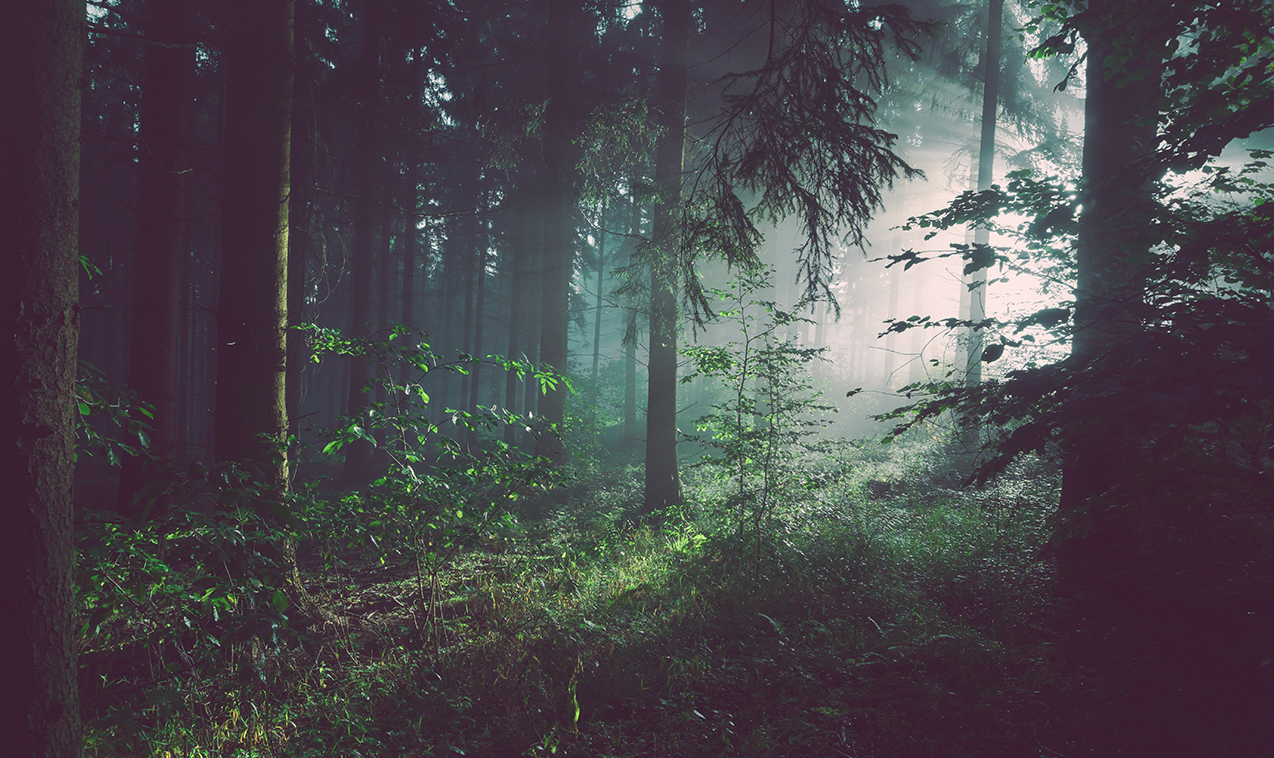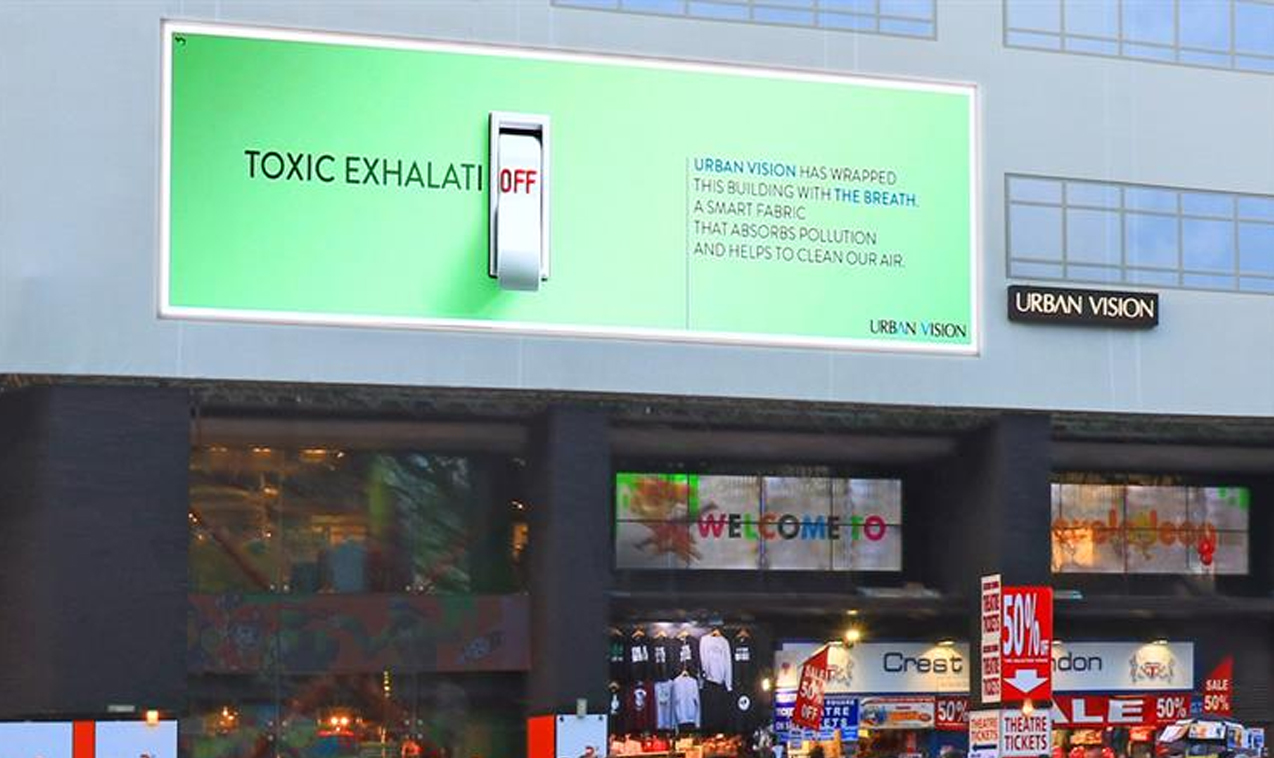Within the printing business, great efforts are being made to improve the quality and sustainability of the environment. Initiatives like FSC certified paper, biodegradable t-shirts or air filtering banners deserve some much-needed attention.
FSC is celebrating its 25th birthday!
The printing business doesn’t necessarily need to affect trees. The Forest Stewardship Council for example, sets standards for forest products, independently certifies that these standards have been met, and bestows labels upon the products that qualify. They make sure that the forest management takes care about trees and forests, but also about the animals and the people that live in and around those forests. FSC certification gives customers the option to choose forest products like paper that has been sourced in an environmentally friendly, socially responsible and economically viable manner. Many printers now offer FSC-certified paper as an option for environmentally aware consumers and is a great alternative to rougher recycled paper. (Source)
Being eco-friendly in your Print Management strategy is not only about paper, as the following examples prove.

Advertising banners or air filters?
Will advertising banners soon be helping trees to purify air in the city? This is in any case what the Belgian advertising agency Clear Channel promises in collaboration with their partner Urban Media. Since the beginning of September, they have installed on the place du Sablon in the center of Brussels an intelligent advertising banner, named theBreath, that can help to improve air quality by absorbing pollution. The banner acts like a giant air filter and the fabric of the banner consists of three layers, which filters the air, absorbs harmful particles emitted by buildings and vehicles, and releases clean air. On top of that, the banner is water resistant so to protect the buildings. (Source)

Biodegradable t-shirts made out of algae
The brand VolleBak has made a biodegradable t-shirt, composed of wood pulp and seaweed which is 100% biodegradable! To produce it, Vollebak buys eucalyptus, beech and spruce woods, which are then shredded into pulp before being processed into fiber, then into yarn and finally into fabric. As for the pattern printed on the t-shirt, it is composed of algae, grown in bioreactors and printed on the cellulosic fabric. Once the t-shirt reaches the end of its life span, it can be put in a compost bin, or buried in the ground. The t-shirt breaks down completely in three months. (Source)

